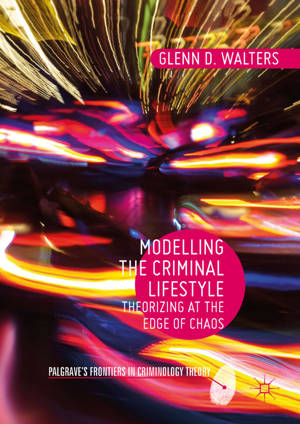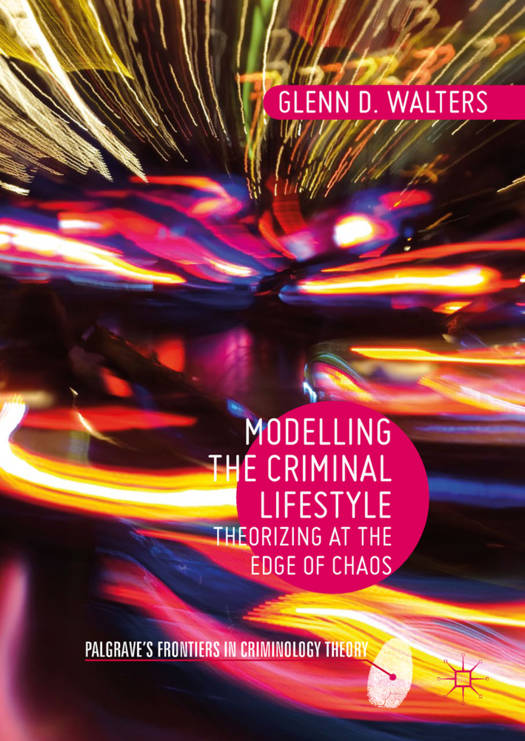
Je cadeautjes zeker op tijd in huis hebben voor de feestdagen? Kom langs in onze winkels en vind het perfecte geschenk!
- Afhalen na 1 uur in een winkel met voorraad
- Gratis thuislevering in België vanaf € 30
- Ruim aanbod met 7 miljoen producten
Je cadeautjes zeker op tijd in huis hebben voor de feestdagen? Kom langs in onze winkels en vind het perfecte geschenk!
- Afhalen na 1 uur in een winkel met voorraad
- Gratis thuislevering in België vanaf € 30
- Ruim aanbod met 7 miljoen producten
Zoeken
€ 259,45
+ 518 punten
Uitvoering
Omschrijving
This book offers Walters's latest evolution of criminal lifestyle theory. It introduces the concept of criminal thought content to illustrate how the potential interplay between what offenders think and their thought processes can greatly aid our understanding of both crime and criminals. In this new study on criminal behaviour, Walters calls for criminological theory to be placed within a broader scientific context, and provides us with several key models which embrace constructs from numerous important theories including: the general theory of crime, social cognitive and social learning theories, general strain theory, psychopathic personality theories of crime, and labelling theory.
Another unique aspect of this work is that it places lifestyle theory within a larger scientific framework, namely, nonlinear dynamical systems theory or chaos. Seven principles from chaos theory are used to explain relationships and processes central to lifestyle theory and Walters uses this to draw conclusions on what affects criminal decision-making and desistance from crime. Highly original and innovative in scope, this book will be useful to practitioners and scholars of criminal justice alike, with chapters focussed on decision-making, assessment, and intervention.
Another unique aspect of this work is that it places lifestyle theory within a larger scientific framework, namely, nonlinear dynamical systems theory or chaos. Seven principles from chaos theory are used to explain relationships and processes central to lifestyle theory and Walters uses this to draw conclusions on what affects criminal decision-making and desistance from crime. Highly original and innovative in scope, this book will be useful to practitioners and scholars of criminal justice alike, with chapters focussed on decision-making, assessment, and intervention.
Specificaties
Betrokkenen
- Auteur(s):
- Uitgeverij:
Inhoud
- Aantal bladzijden:
- 301
- Taal:
- Engels
- Reeks:
Eigenschappen
- Productcode (EAN):
- 9783319577708
- Verschijningsdatum:
- 13/12/2017
- Uitvoering:
- Hardcover
- Formaat:
- Genaaid
- Afmetingen:
- 148 mm x 210 mm
- Gewicht:
- 530 g

Alleen bij Standaard Boekhandel
+ 518 punten op je klantenkaart van Standaard Boekhandel
Beoordelingen
We publiceren alleen reviews die voldoen aan de voorwaarden voor reviews. Bekijk onze voorwaarden voor reviews.









